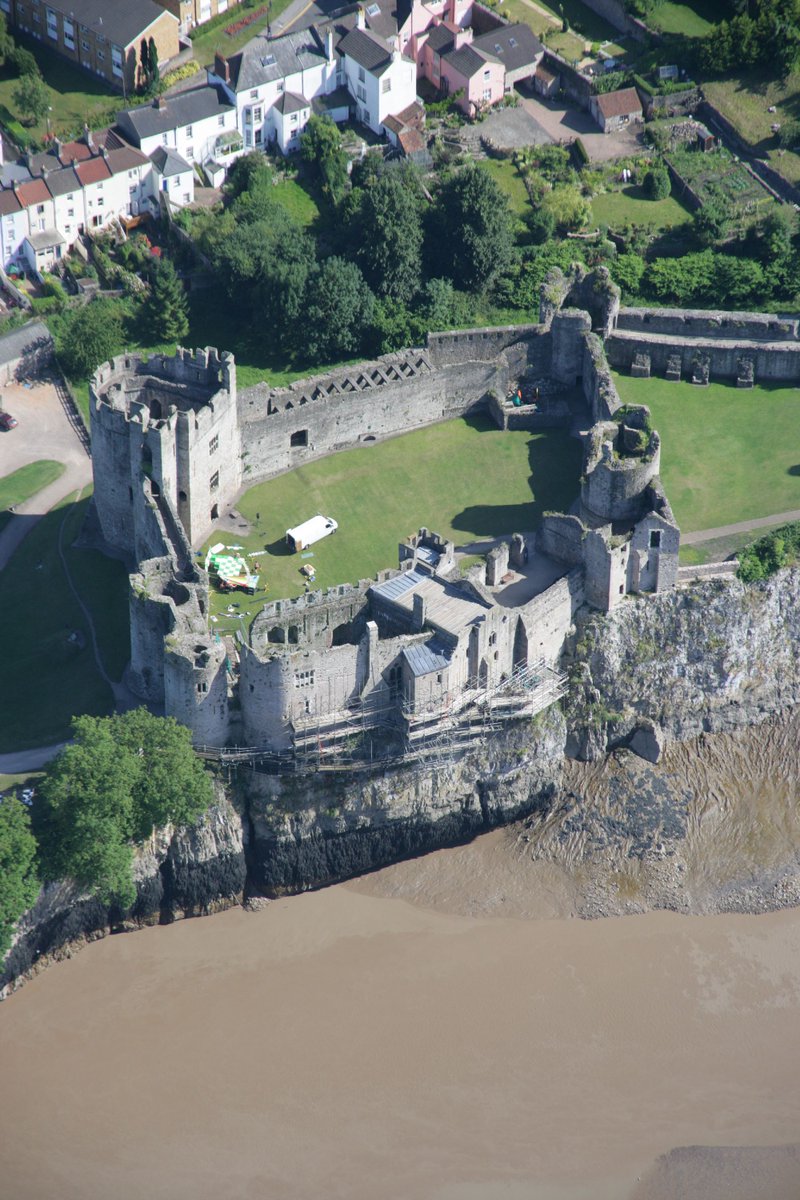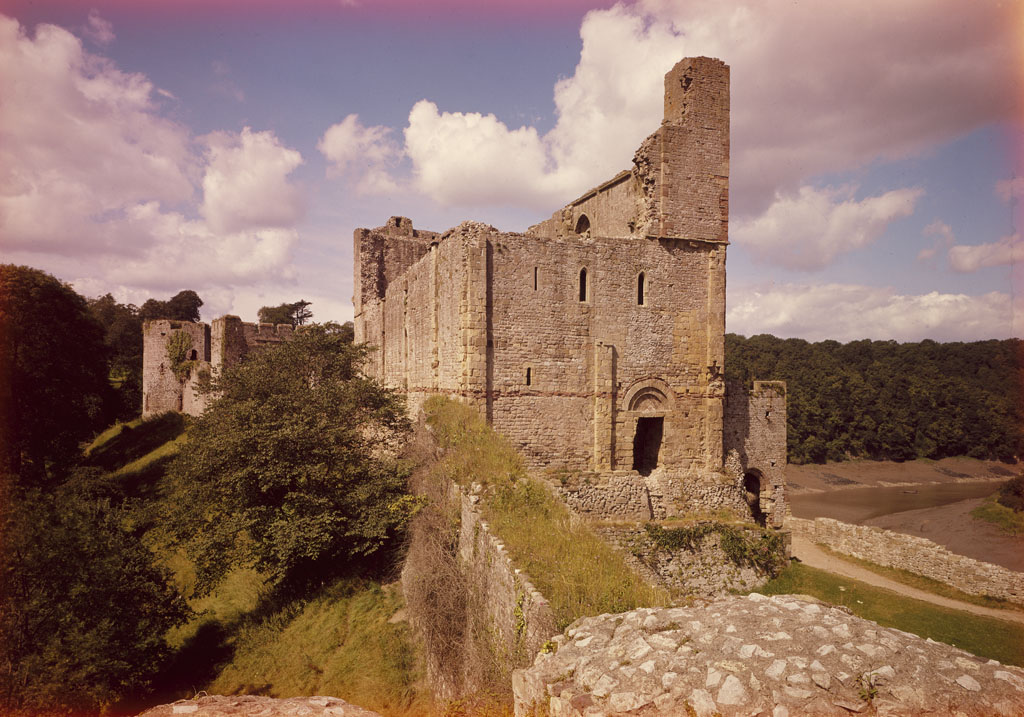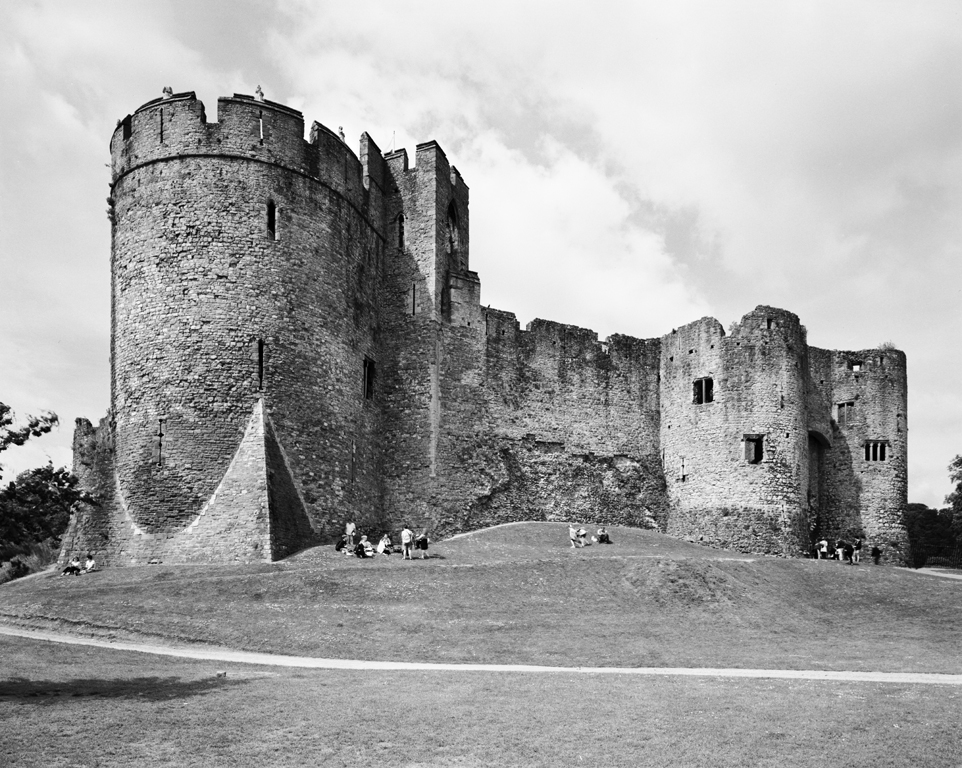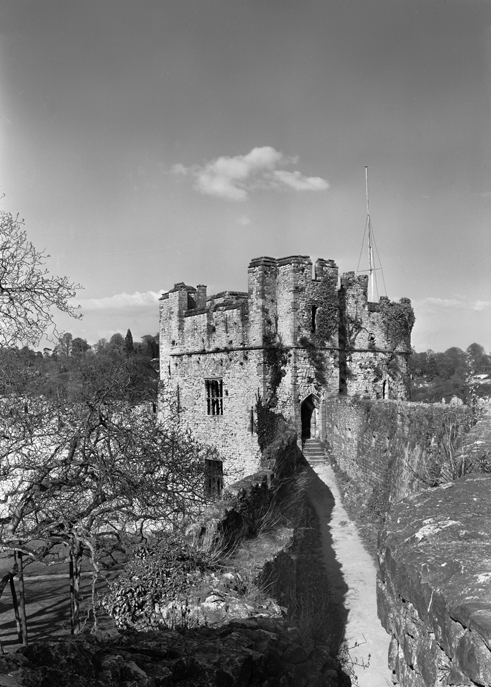This #TechTuesday #VirtualVisit is a full #GigaPixel tour of the stunning #Chepstow Castle @EwropiGymru @visit_mon @Chepstowcastle @CastleStudies @Castle_Studies @cadwwales
http://footsteps.bangor.ac.uk/images/sites/chepstow-castle/virtual/">https://footsteps.bangor.ac.uk/images/si...
http://footsteps.bangor.ac.uk/images/sites/chepstow-castle/virtual/">https://footsteps.bangor.ac.uk/images/si...
This high-resolution photographic tour, including links to historic images, was carried out as part of the European Travellers to Wales project with @BangorUni and @YGanolfan http://footsteps.bangor.ac.uk/en/location/chepstow-castle">https://footsteps.bangor.ac.uk/en/locati...
The original fortification on this strategic site, overlooking the River Wye, was built by William FitzOsbern in 1067. Chepstow Castle was refortified by William Marshall between 1190 and his death in 1219 and then further enhanced by Roger Bigod in the 1270s.
The castle was garrisoned during the Glyndwr rebellion and was besieged twice during the English Civil War. Following the end of the English Civil wars and the restoration of the monarchy, Chepstow Castle served as a garrison and gaol.
Marten Tower is named after its most famous prisoner, Henry Marten, who signed the death warrant for Charles I and died in this castle in 1680. Shortly after his death, the garrison was disbanded, and the castle fell into decay.
With the rise of modern tourism in the late eighteenth century, the now ruined Chepstow Castle was rediscovered by travellers in search for picturesque Wales. Among the earliest travellers from Germany was Carl Gottlob Küttner who visited in 1784.
The Breton, Armand-Louis-Bon Maudet, Comte de Penhouët, visited twelve years later and he was overcome by the architecture, history and beautiful surroundings.
His busy travel plan did not allow him to stay long either, but he did find enough time in his travel description to praise the services and kindness of Mrs Williams, the resident tourist guide in the employ of the owner of the castle, the Earl of Beaufort.
One of the most impressive castles in Wales, Chepstow Castle is now a Listed Building and Scheduled Monument and a Cadw site.
https://cadw.gov.wales/visit/places-to-visit/chepstow-castle">https://cadw.gov.wales/visit/pla...
https://cadwpublic-api.azurewebsites.net/reports/listedbuilding/FullReport?lang=&id=2475
https://cadwpublic-api.azurewebsites.net/reports/l... href=" https://cadwpublic-api.azurewebsites.net/reports/sam/FullReport?lang=&id=3137">https://cadwpublic-api.azurewebsites.net/reports/s...
https://cadw.gov.wales/visit/places-to-visit/chepstow-castle">https://cadw.gov.wales/visit/pla...
https://cadwpublic-api.azurewebsites.net/reports/listedbuilding/FullReport?lang=&id=2475
Discover more here: https://coflein.gov.uk/en/site/95237/details/chepstow-castle">https://coflein.gov.uk/en/site/9...

 Read on Twitter
Read on Twitter





